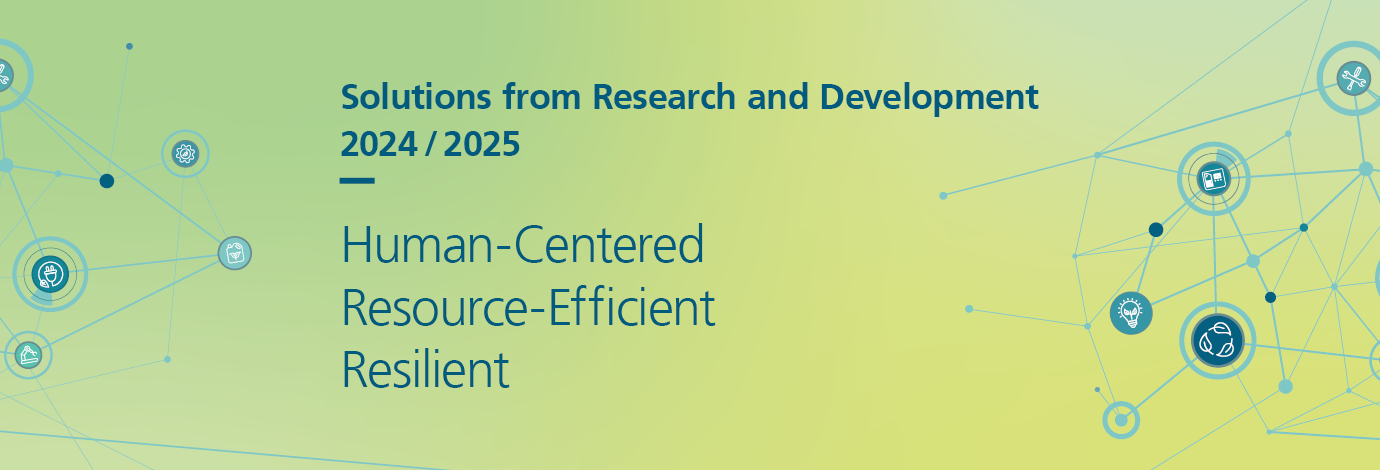Whether energy- and resource-efficient turning, milling and grinding in large machining centers, assembly with perceptive robots, manufacturing of new types of geometries or processing of innovative materials in entirely new processes: There is a lot of research potential in machine and system technology on the shop floor. In the age of digital networking, equipping systems with innovative sensor technology and using it for control and monitoring is the first obvious step. But that is just the tip of the iceberg.
At Fraunhofer IPK, systems technology is viewed from a wide variety of perspectives. The adaptation of machining strategies generates solutions for practical challenges in terms of surface quality or energy efficiency. At the same time, they make new materials machinable in the first place, for instance those required in the automotive sector. Where existing processes reach their limits, we create new ones: add-ons for established systems technology, solutions for the additive manufacturing of complex geometries or fundamentally new machine technology, for example for medical and pharmaceutical applications.
Of course, digitalization at the machine level does not get overlooked at Fraunhofer IPK either. We make systems capable of communicating, using sensors and network technology to allow them to report their status or interact with a higher-level control system. And we enable robots to independently perceive and adapt to their environment based on visual, haptic and acoustic input.
 Fraunhofer Institute for Production Systems and Design Technology
Fraunhofer Institute for Production Systems and Design Technology


